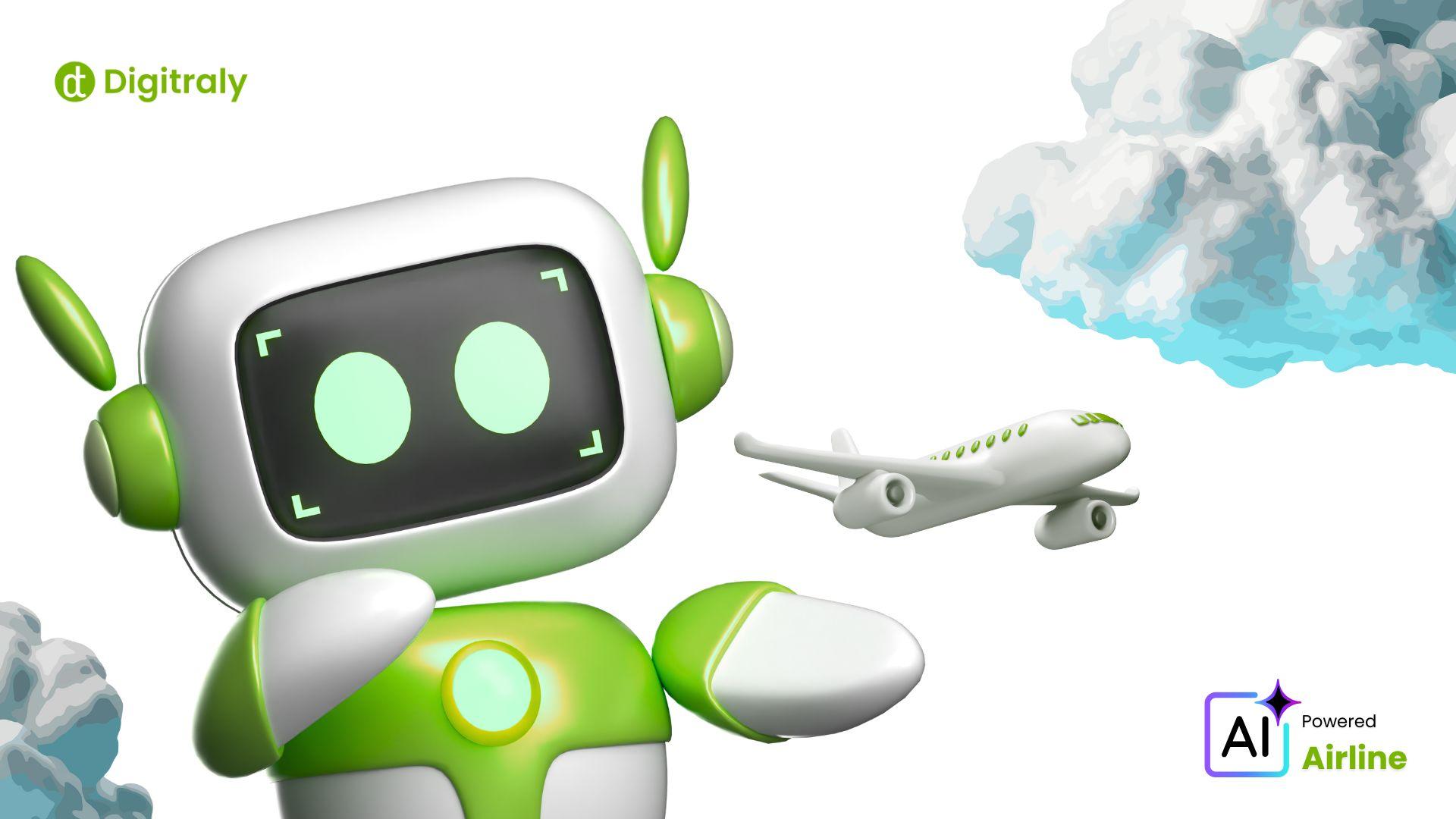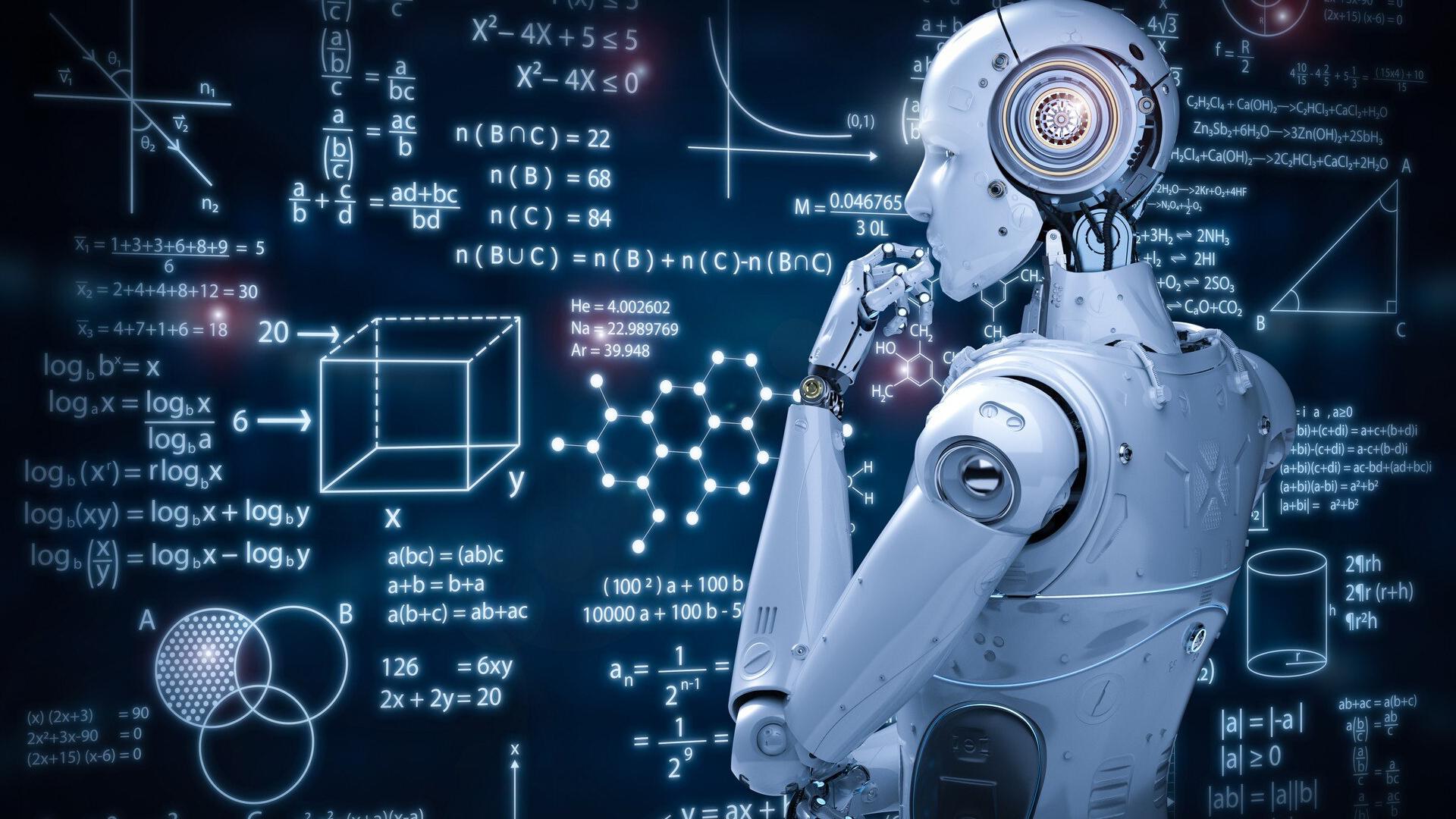In this post, we explore seven key ways AI is evolving, highlighting the unique transformations underway and what they mean for the future.
1. From Code to Circuit: When AI Enters the Physical World
AI is gaining a body. No longer limited to virtual tasks, it’s now being integrated into physical machines that interact with the real world. These “embodied AIs” take form as humanoid robots, autonomous drones, delivery bots, and robotic assistants in healthcare and manufacturing.
This shift means AI won’t just compute — it will move, sense, and respond to its environment, enabling applications in elder care, warehouse logistics, agriculture, and disaster recovery. As robots become more intelligent and adaptable, they’ll begin working side by side with humans, not just for them.
2. Senses in Sync: How AI Understands the World Like We Do
Human intelligence is inherently multisensory. Similarly, modern AI is learning to see, hear, and understand multiple types of input at once — such as combining voice commands with visual cues or interpreting emotions from facial expressions and tone of voice.

This form of AI — Multimodal AI — can take a photo, listen to an audio clip, read a document, and produce a coherent response based on all these inputs. It allows for richer, more human-like interactions and has major implications for accessibility, virtual assistants, education, and creative work.
3. Meet the Machines That Think for Themselves
Imagine AI that doesn’t wait for commands, but autonomously plans, acts, and adapts to achieve goals. That’s what agentic AI promises. These systems behave more like collaborators than tools — capable of setting objectives, prioritizing tasks, managing resources, and learning from outcomes. 65% of AI experts consider “Agentic AI” the most transformative trend in the near future.
Agentic AI could revolutionize personal productivity (by handling your schedule, travel, emails), business operations (automating workflows or supply chains), and even creative fields (writing, coding, designing). The key shift? Initiative — AI begins to act on your behalf, not just react to your inputs.
4. Intelligence All Around: The Rise of Ambient AI
AI is becoming ubiquitous and invisible. It will live not just in apps but in everything — your home, car, wearable devices, workplace, and even public infrastructure. This is the era of ambient intelligence, where AI operates quietly in the background to anticipate and support your needs.
Whether it’s adjusting room temperature, suggesting healthy meals, optimizing your commute, or detecting early signs of illness, integrated AI will be woven into the fabric of daily life. You won’t “use AI” — you’ll live with it.
5. Thinking Beyond Silicon: Bio-Inspired and Neuromorphic AI
To support more natural and efficient intelligence, AI is moving beyond traditional hardware. Inspired by the brain, researchers are developing neuromorphic computing — systems that use neuron-like structures and processes for faster, more energy-efficient learning.

There’s also exploration into biological computing, including using living cells or DNA to store and process data. While still experimental, these innovations hint at a future where machines don’t just simulate intelligence — they mirror its very foundations.
6. The Ethics Layer: Can AI Be Trusted With Power?
As AI grows more capable especially in decision-making and autonomy ethical questions become critical. Can AI be fair? Can it be trusted? Will it respect privacy, cultural values, or human oversight?
We must ensure AI systems align with human values, are transparent in their reasoning, and are designed with safety in mind. This includes governance frameworks, regulation, and proactive design to avoid bias, misinformation, or misuse. The more powerful the AI, the more care we must take to guide its behavior responsibly.
7. What’s Fueling AI’s Rapid Transformation?
AI’s evolution is being driven by a mix of technical, social, and economic forces:
- Advanced algorithms unlocking new capabilities.
- User demand for personalization and efficiency.
- Global competition pushing innovation forward.
- Expanding data availability feeding smarter models.
- Cross-disciplinary research fusing neuroscience, biology, and computing.
These forces create a feedback loop of growth, pushing AI to evolve not just smarter — but more human, more connected, and more integrated than ever before.
Let’s Build the Future of AI Together
At Digitraly, we’re passionate about creating AI that works for you. Whether it’s streamlining your operations or exploring next-generation AI technologies, our team has your back. The future is now!
Start your AI journey with Digitraly
Conclusion: A Future of Many Minds
AI is evolving from simple tools into intelligent systems deeply embedded in our world—moving, sensing, and acting alongside us. As it becomes more autonomous and integrated, we must balance innovation with ethics and responsibility.
By embracing these changes thoughtfully, we can unlock AI’s full potential to enhance our lives, work, and society. The future of AI is bright—and it’s one we build together.



